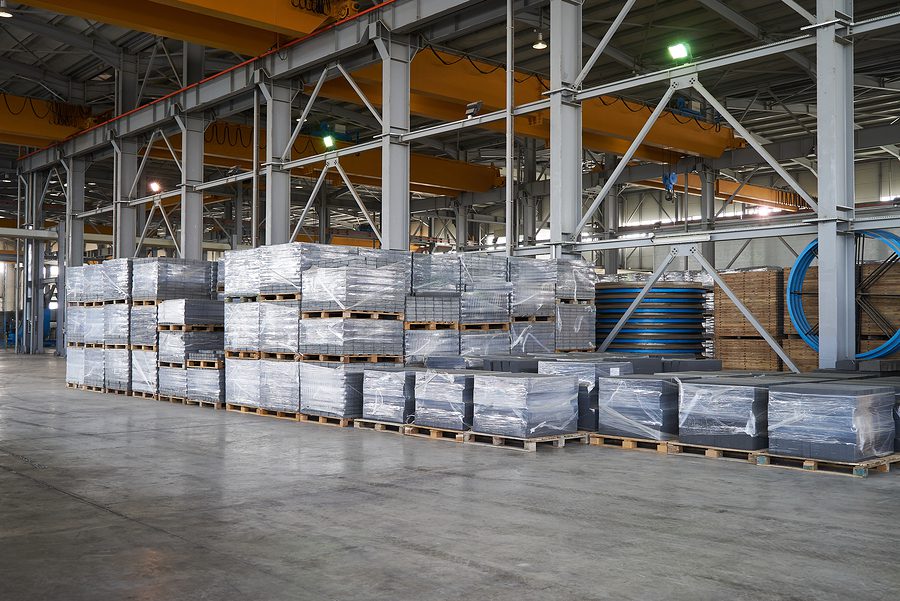By Laser 1 Technologies
2018 United States Import Tariffs
In 2018 the United States imposed new import tariffs. Now that we’ve embarked on 2019, how has this move played out?
The tariffs hit about $283 billion of U.S. imports at rates which ranged from 10 to 50%.
For a highly detailed, economy-wonk analysis, the website of the Federal Reserve Bank of New York has an excellent article, titled The Impact of Import Tariffs on U.S. Domestic Prices.
How did these tariffs affect prices paid by U.S. producers and consumers? Here’s what the Fed concludes: “Our results suggest that the aggregate consumer price index (CPI) is 0.3% higher than it would have been without the tariffs.“
They also observe that “although the average tariff rate is still low, there is a lot of dispersion across products and countries, and they cover a large share of U.S. imports–12% of total imports were affected by the new tariffs. Now, more than 10% of imports face a tariff rate greater than 10%, whereas only 4% had such high tariff rates in 2017.”
One insight that really impacts us in manufacturing was revealed in a research paper cited in the article which “helps shed light on the mechanisms through which tariffs affect domestic prices. First, the paper finds evidence that domestic producers change their prices in response to changes in foreign prices even if their own marginal costs are unaffected. For example, a tariff on steel, which raises the prices of imported steel, also enables domestic steel producers to increase their prices while still staying competitive relative to foreign-produced steel.”
Unsurprisingly, the article notes that large businesses have more options in terms of how they deal with these tariffs, leading to greater resiliency: “Small firms pass through almost the entire marginal cost shock to domestic prices, whereas large firms have a lower cost pass-through and also adjust their markups.”
Any economy wonks in the audience are advised to check out the whole article, with its regression analysis, import-weighted averages, aggregate effects and coefficients.
The Washington Post shared a perspective in September 2018 which is a little more accessible to those of us who aren’t experts on the topic. According to the Post, impacts of the tariffs are often exaggerated. They conclude the price increase is 0.03%, not 0.3%, and ask “How could a tariff on so many billions’ worth of imports have such a small price effect?”
The answer: “Because the United States is just not that exposed to foreign trade. The newly announced tariff starts out relatively small, at 10%. Chinese exports are less than 10% of our goods imports, and only about 20% of the goods on the $200 billion list are things consumers buy (the rest are “intermediate” and capital goods; i.e., as opposed to final consumer goods, they’re inputs into the production process; true, they, too, can eventually feed back into prices).”
“Canada’s import share is 33%; Germany’s is 40%; the whole of the European Union is at 42%. Because we’re such a large country that produces so much of our own stuff, we’re just not that exposed to tariffs on imports or retaliatory tariffs on our exports, which amount to 15% of U.S. GDP (30% in Canada; 47% in Germany).”
“That’s a lot percentages, but forget the numbers and absorb their punchline: The United States is a relatively closed economy.”
Lastly, CNBC penned an article in September 2018, citing an analysis predicting “tariffs will cost the average American family $127 per year.”
“Many American companies have already announced that tariffs could force them to raise prices, including Walmart, Gap, Coca-Cola and General Motors,” says the article, citing the following categories as vulnerable to price increases: TVs, homes and home renovations, washing machines, solar panels, cars, beer, cosmetics, electronics, clothing.
What’s your experience? Is your business facing increased prices? Increased or decreased demand? While these changes are the result of a number of complex and intertwined factors, there’s no doubt increased tariffs play a role in these equations.




